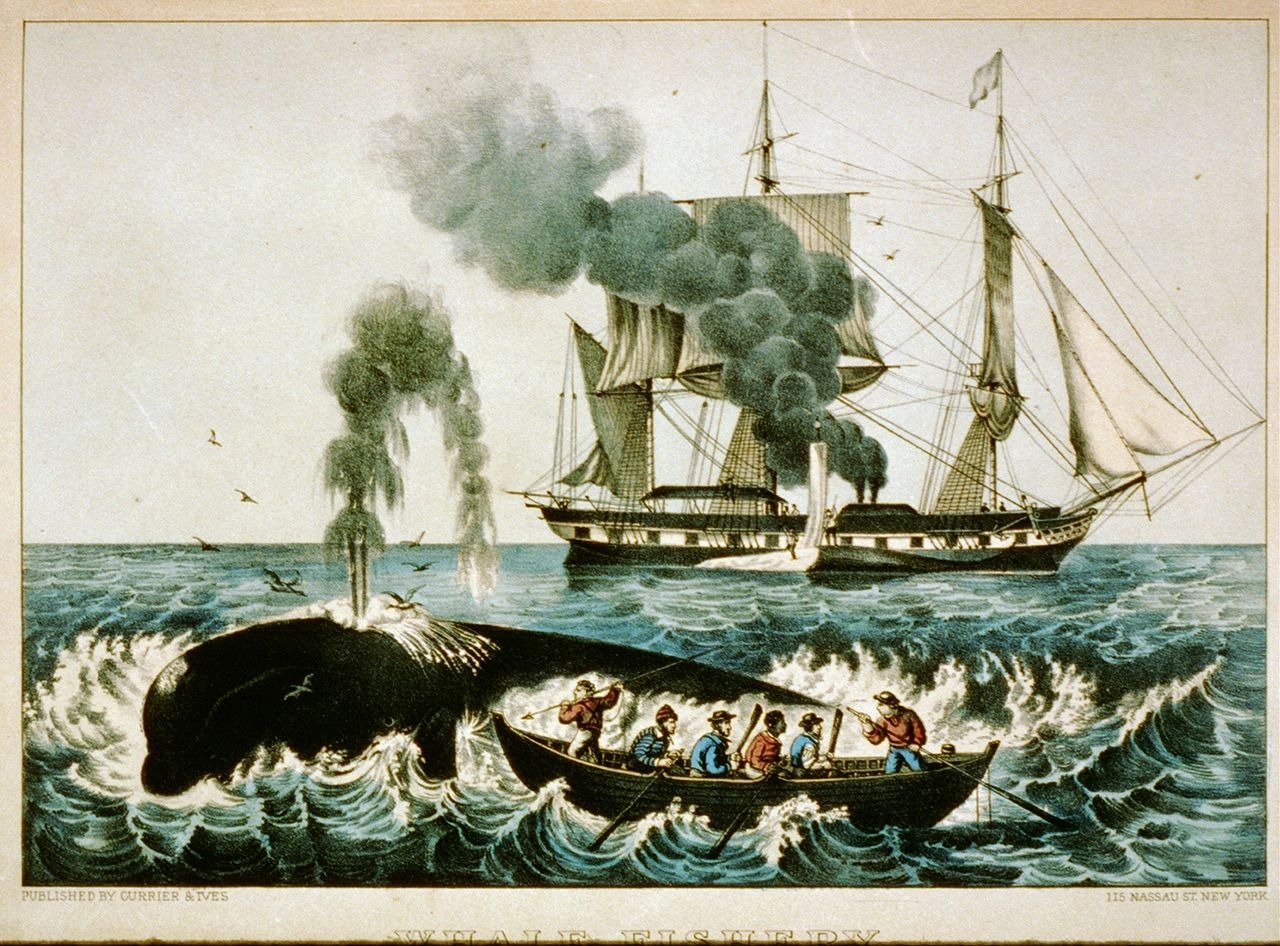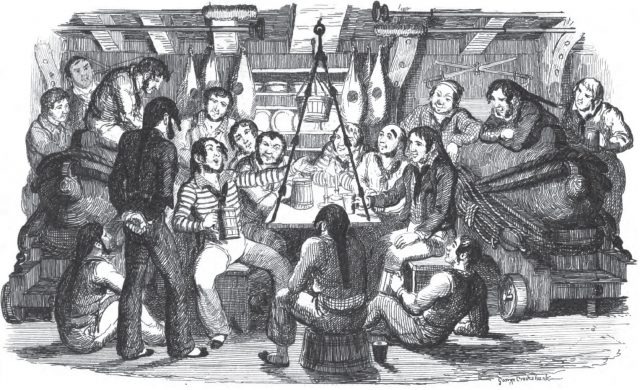
Sea shanties are making a big splash on TikTok. #ShantyTok is now officially a thing! And that’s not the strangest part of the story. The revival hasn’t been inspired by a salty sea dog but a Scottish postman…
Nathan Evans from Airdrie in North Lanarkshire reportedly gets queasy on the ocean waves. Yet his singing voice is in big demand. Last year he discovered the world of the shanty and began uploading himself performing these historic work songs.
It was one recording that really captured the world’s imagination – ‘Wellerman’, or ‘Soon May the Wellerman Come’. Evans first heard it through a performance by Bristol-based band The Longest Johns, another influential force in this modern maritime renaissance.

As noted by NME, the postie’s take on a 19th century track has sailed into the Top 10, sharing the spotlight with big time landlubbers like Little Mix.
The ditty relates to whaling and to Evans’ amazement he’s harpooned a contract with Polydor off the back of his efforts. It’s led to him putting down his postbag and picking up a microphone.
“Oh my God,” he exclaimed via TikTok. “I was a postman on Friday.” The down to earth Scot hasn’t ruled out a return to his former job though, should the phenomenon be a passing thing.
Not that the unexpected craze shows signs of sinking. According to BBC News the hashtag #ShantyTok has been used over 10 million times this month alone. Evans’ view tally runs into the millions also.
So what lies behind the shanty comeback? The tunes are great but for many commentators, including Evans, the content taps into the lockdown mentality.
Speaking to the BBC, Jonathan Darley of The Longest Johns says people “adore the music and the feeling that it gives you just by taking part”.
That sense of a communal activity seems key to the shanties’ success. Quoted by The Guardian, New Zealander and folk song expert John Archer comments: “My guess is that the Covid lockdowns have put millions of young [people] into a similar situation that young whalers were in 200 years ago.”
Archer told the tale behind smash hit ‘Wellerman’ on his website. Taking its title from men who toiled on the water for the Weller Brothers shipping company in Sydney, it paints a vivid picture of an epic whale hunt lasting over 40 days.

Dredging up songs from the past brings potential controversy. Recent re-evaluations of the British Empire may land the content of certain entries in hot water.
Meanwhile, others are delving into the history of the shanty to point out some fascinating facts. Lifting the lid on these barnacle-encrusted classics, JSTOR identifies ‘Wellerman’ as a sea song rather than a shanty.
How so? A shanty was reportedly belted out under duress, accompanying hard graft on the waves. Sea songs are linked to R and R, something that wasn’t a feature of the workplace anthem. It appears “No self-respecting sailor would be caught singing a shanty in his downtime for fun.”
For Nathan Evans, another important detail is how inclusive sea shanties are. NME reports his view that someone doesn’t need to be a singer to get the point across. That said, “he believes his accent adds to the song” as mentioned by The Daily Record.
The Longest Johns have themselves entered the UK Top 40. Darley describes the idea of chart supremacy as “a possibility which is just insane”.
The group’s home city has one of the strongest sea-bound connections in the world. Longest John Dave Robinson mentions that Bristol and Liverpool are the two most prominent locations name-checked in shanties.
Another Article From Us: Netflix movie The Dig the Remarkable Story of the Sutton Hoo discovery
With peoples of the world well and truly land-locked, sea shanties are providing some much needed musical distraction. Will their legacy live on after the pandemic is beaten? Only the TikTok crew can navigate that particular voyage…
